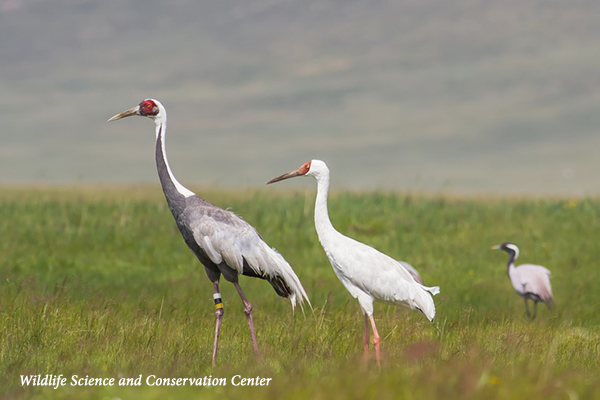
Media contact: Spike Millington, Vice President – Asia, 608-356-9462, ext. 140
The Government of Mongolia recently designated core breeding habitat for White-naped Cranes as a national-level nature reserve, a vital step in increasing reproduction in the rapidly-declining Western population of this threatened species.
“The creation of this new nature reserve is a vital step in securing the long-term future for this charismatic bird,” said International Crane Foundation Vice President Spike Millington. “We congratulate the Government of Mongolia for this timely and farsighted action.”
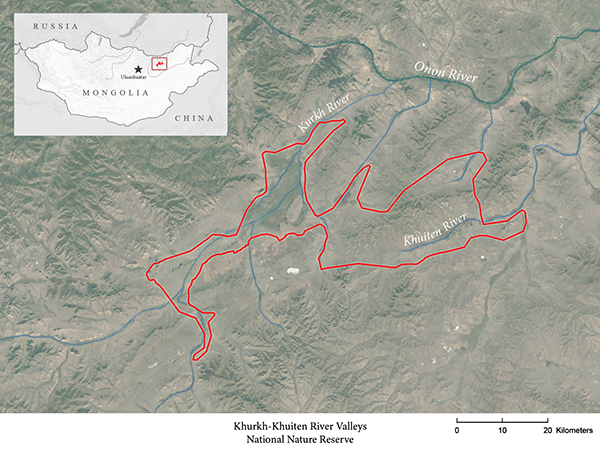
The Khurkh-Khuiten River Valleys (KKRV) in Northeast Mongolia is a diverse ecosystem supporting a mix of grasslands and wetlands that provide a haven for the world’s most important breeding concentration of Vulnerable White-naped Cranes. “More than 60 pairs nest in the area, which also supports important breeding populations of Demoiselle and Eurasian Cranes, a regular group of summering Siberian Cranes, and other threatened species such as the Swan Goose and Great Bustard,” Millington explained.
International organizations widely recognize the site for its rich biodiversity and outstanding wetlands. The area was designated as a Ramsar Site in 2004 for its international importance to migratory birds. In May, KKRV was formally declared a national-level nature reserve, covering almost 200,000 hectares, securing one of the world’s core breeding areas for the declining White-naped Cranes.
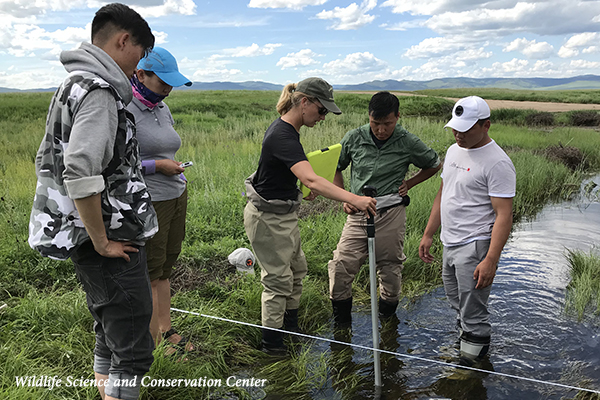
The International Crane Foundation, working closely with its partner, the Wildlife Science and Conservation Center (WSCC) of Mongolia, has been supporting research, monitoring and conservation of cranes and wetlands in KKRV since 2013, with a focus on White-naped Cranes that nest in the wetlands scattered through the area. Experts from the U.S. Forest Service have provided valuable capacity training on rangeland management, socio-economic survey and the complex hydrology of the valleys, including the impact of permafrost melting on the wetlands as a result of climate change.
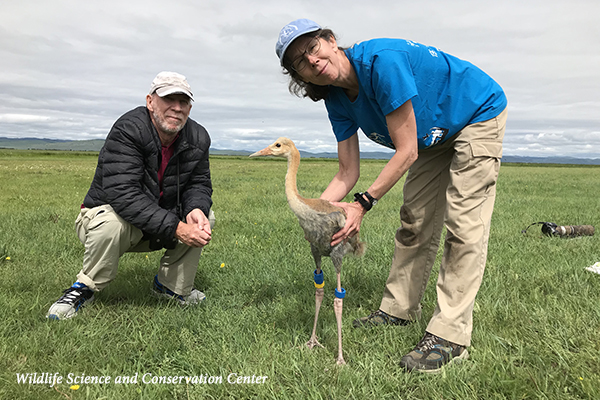
“Local herding communities also graze their livestock herds in the area, with the wetlands providing a critical source of water for both herders and their animals,” said Nyambayar Batbayar, Director of WSCC. “Yet, trampling of wetland vegetation by livestock and disturbance and predation by herders’ dogs pose significant threats to the breeding success of cranes nesting around the wetlands.”
A major challenge for the new reserve will be developing a participatory management plan, creating a collaboration with local herders and crop farmers, to better manage habitat and protect cranes and other wildlife within the reserve. WSCC regularly engages with area communities through outreach and education, including the annual celebration of a local crane festival.
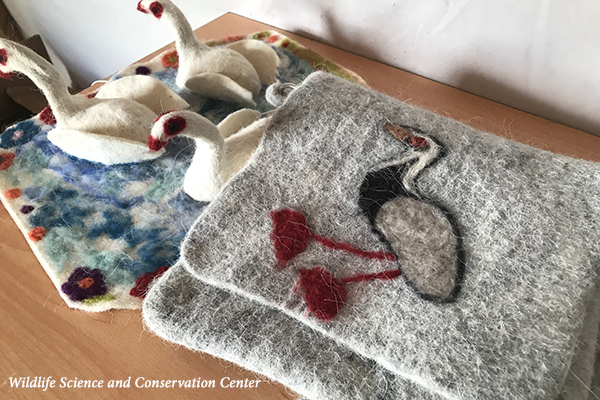
Socio-economic surveys help managers understand and respond to the priorities and perceptions of herding families. WSCC also works to improve women’s’ livelihoods by developing markets for handicrafts sold to tourists – view their hand-crafted White-naped Crane ornaments in our online shop. The organization plans to recruit local guides and guards for the new reserve and develop a research center with a community meeting space.
“The White-naped Cranes that nest in KKRV spend the winter at Poyang Lake in Southeast China,” Millington said. “Numbers have declined rapidly, from about 3,000 individuals 15 years ago, to just over 1,000 birds today.
“The International Crane Foundation is working at stopover and wintering sites in China, as well as with WSCC in Mongolia, to protect White-naped Cranes throughout their migratory range,” he noted, adding that international cooperation along the crane’s flyway is vital to promote long-term conservation of the species.
